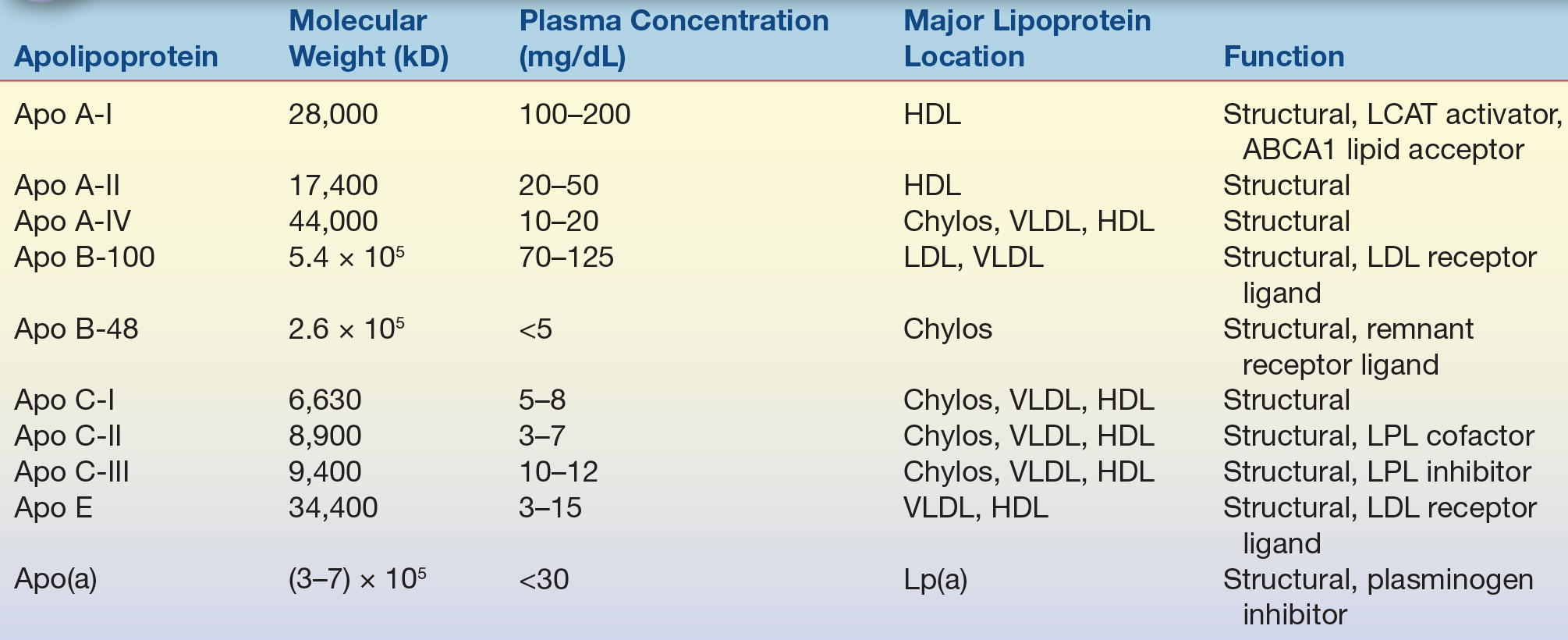High serum triglyceride levels due to accumulation of chylomicrons and VLDL. Lipids are a heterogeneous group of compounds mainly composed of hydrocarbon chains.

Lipids Lipoproteins And Cardiovascular Disease Basicmedical Key
Low-density lipoproteins LDLs and high-density lipoproteins HDLs.

. A lipoprotein is a biochemical assembly that contains both proteins and lipids bound to the proteins which allow fats to move through the water inside and outside cells. Lipoproteins are complex molecules that involve several different components. Lipids dont like water but proteins do so we see that lipoproteins are basically lipids mainly in the form of cholesterol and triglycerides on.
Transport of cholesterol to organs and tissues. Lipids are oily or greasy nonpolar molecules stored in the adipose tissue of the body. Dificiency in either LPL or ApoC-II.
They contain a central core made of triglycerides and cholesterol esters1 Fatty acids that are cleaved from triglycerides can be used for energy storage or production and cholesterol is critical for steroid synthesis cellular membrane formation and bile acids. Lipoproteins provide a transport for lipids as described below. LDLs transport cholesterol from its site of synthesis in the liver to the bodys cells where the cholesterol is separated from the LDL and is then used by the cells for various purposes.
Match the fractions percentage and decimals 8p Matching Game. Mountain Ranges of the World 44p Image Quiz. The overarching function of lipoproteins is to maintain the homeostasis of lipids in the body - to get it out to peripheral tissues when needed and to remove it when it is not needed All lipoproteins are in the bloodstream which can be considered the highway and each carries similar things in different ratios to and from specific tissues.
The proteins serve to emulsify the lipid molecules. Lipoproteins are larger and less dense when the fat to protein ratio is increased. Things to Remember.
Lipoproteins are made of fat and proteins. High serum cholesterol and ester due to. High-density lipoprotein HDL and low-density lipoprotein LDL.
These biomolecules comprise proteins and lipids molecules which function by permitting the movement of fats through the water molecules both inside and outside the cells. Download Table Characteristics of the different apoB-containing lipoproteins from Type II diabetic and control subjects from publication. The physiologic function of this lipoprotein a is unknown 13.
Structural properties of lipoprotein organization in blood plasma of the patients with ischemic heart disease have been studied by means of electronic paramagnetic resonance method using a derivate of stearic acid 5-doxylsteararte as a spin probe. Cholesterol moves through your body while. Lipoproteins have various amounts of lipid protein phospholipids and cholesterol.
Deficiency in LDL receptor-several causes results in low receptors on cell surface. Cities of South West Asia 45p Image Quiz. These molecules together function by allowing the movement of fats with the help of water molecules.
Lipoprotein-a is a low-density lipoprotein LDL particle that has apolipoprotein a attached to Apo B-100 via a disulfide bond. There are two main types of cholesterol. General structure of lipo proteins lipoproteins consist of a nonpolar core and a single surface layer of amphipathic lipids the nonpolar lipid core consists of mainly triacylglycerol and cholesteryl ester and is surrounded by a single surface layer of amphipathic phospholipid and cholesterol molecules these are oriented so that their polar.
This hydrophobic core is surrounded by a hydrophilic membrane consisting of phospholipids free. These lipoproteins play a key role in the absorption and transport of dietary li View the full answer. Lipoprotein a particle is pro-atherogenic.
Two types of lipoprotein are involved in this function. They are classified on the basis of electrophoresis ultracentrifugation and nuclear magnetic resonance spectroscopy via the Vantera Analyzer. Lipoproteins may be classified as five major groups listed from larger and lower density to smaller and higher density.
Explain the difference in the functions of low density lipoproteins and high from ANATOMY 101 at University of Texas. Solution The Lipoproteins are macromolecular complexes of lipids and proteins that originate mainly from the liver and intestine and are involved in the transport and redistribution of lipids in the body. Famous Hats part 1 10p Shape Quiz.
Lipoproteins are a kind of fat droplets that are surrounded by only one layer of phospholipid molecules. Many enzymes transporters structural proteins antigens and toxins are lipoproteins. Listed below are some important characteristics of Lipids.
A lipoprotein is a biochemical assembly whose primary purpose is to transport hydrophobic lipid molecules in water as in blood plasma or other extracellular fluids. Finally they return to the liver so the body can dispose of the excess cholesterol it doesnt need. Cholesterol is required for the formation of membranes of red blood cells and for the production of steroid hormones.
Canadian Provinces Quiz 13p Image Quiz. Chylomicron LDL VLDL HDL are some of the different types of Lipoproteins. Lipoproteins are complex lipids consisting of cholesteryl ester and triacylglycerol and are encompassed by a single surface layer of amphipathic phospholipid and cholesterol molecule.
In the liver it is converted to bile acids. Lipids are energy-rich organic molecules which provide energy for different life processes. The lipoproteins are biochemical assembly who View the full answer.
Lipoproteins are complex particles that have a central hydrophobic core of non-polar lipids primarily cholesterol esters and triglycerides.

Lipids Lipoproteins And Cardiovascular Disease Basicmedical Key

Lipoprotein An Overview Sciencedirect Topics


0 Comments